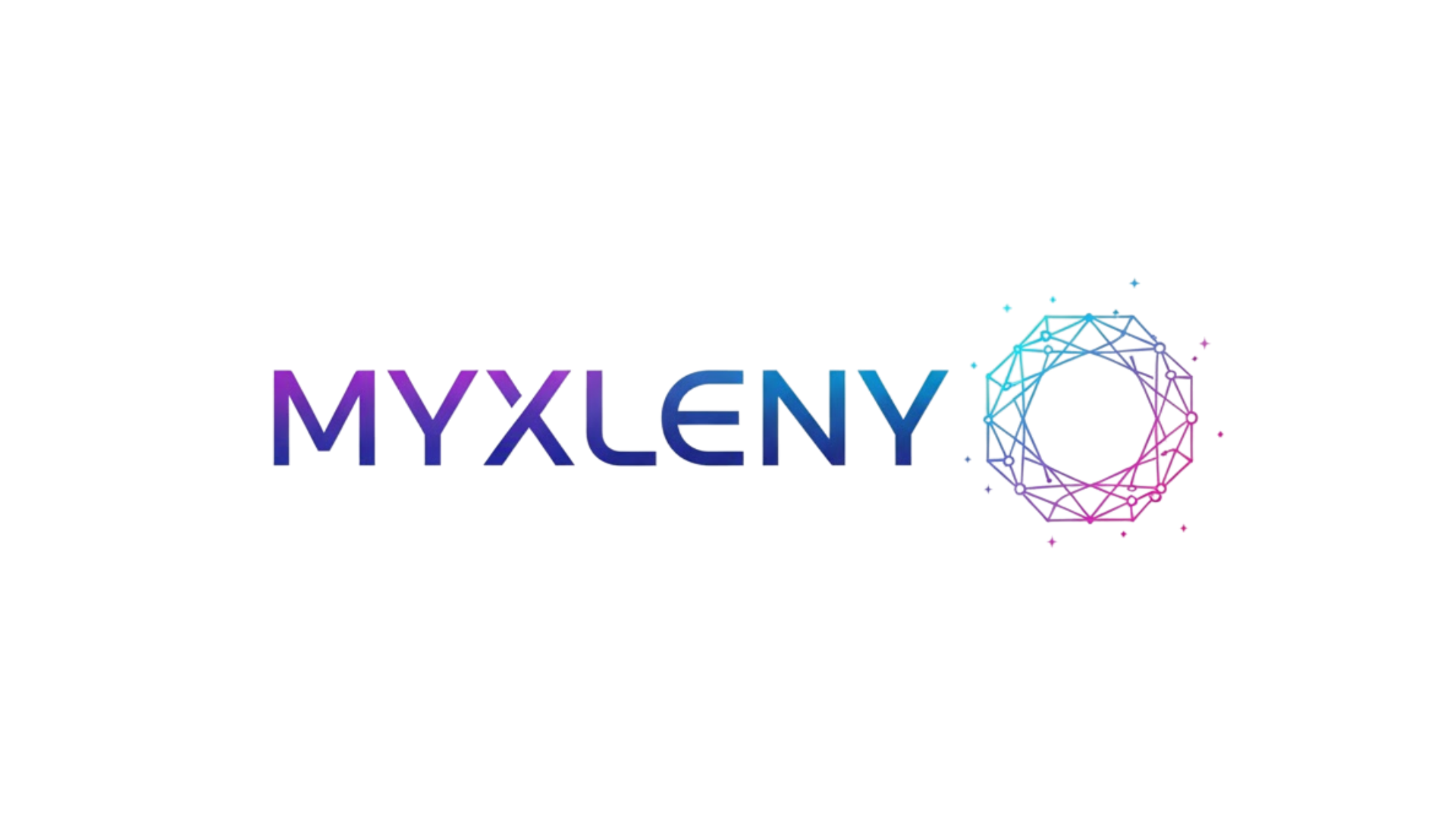Artificial intelligence is no longer a distant concept—it’s reshaping how organizations operate, innovate, and succeed in today’s competitive landscape. ⚡
The rapid integration of AI technologies into workplace environments has created unprecedented opportunities for growth, efficiency, and innovation. However, with these opportunities comes the critical need for structured governance frameworks that ensure responsible, ethical, and effective AI implementation. Organizations worldwide are discovering that success in the AI era isn’t just about adopting cutting-edge technology—it’s about mastering the governance principles that guide its use.
As businesses navigate this transformative period, AI governance has emerged as the cornerstone of sustainable digital transformation. It’s the framework that balances innovation with accountability, speed with safety, and automation with human oversight. Understanding how to implement effective AI governance isn’t just a technical necessity; it’s becoming a competitive advantage that separates industry leaders from those struggling to keep pace.
🎯 The Rising Imperative of AI Governance in Modern Organizations
The workplace transformation driven by artificial intelligence extends far beyond simple automation. Today’s AI systems are making complex decisions, processing sensitive data, and interacting directly with customers—activities that require careful oversight and clear governance structures. Organizations are recognizing that without proper governance, AI implementations can lead to compliance violations, ethical breaches, and reputational damage that far outweigh the benefits.
AI governance encompasses the policies, procedures, and organizational structures that guide the development, deployment, and monitoring of artificial intelligence systems. It addresses critical questions about data privacy, algorithmic transparency, bias mitigation, accountability, and risk management. As regulatory frameworks like the EU AI Act and various national initiatives take shape, companies that establish robust governance early will find themselves ahead of the curve.
The business case for AI governance is compelling. Research indicates that organizations with mature AI governance frameworks experience 40% fewer incidents related to AI failures, maintain stronger customer trust, and achieve better ROI on their AI investments. These frameworks provide the confidence needed to scale AI initiatives across the enterprise while maintaining control and visibility.
Building Blocks: Essential Components of Effective AI Governance
Creating a comprehensive AI governance framework requires attention to multiple interconnected elements. Each component plays a vital role in ensuring that AI systems operate within established boundaries while delivering maximum value to the organization.
📋 Policy and Strategy Foundation
The foundation of any AI governance framework starts with clear policies and strategic direction. Organizations need documented principles that define acceptable AI use cases, establish ethical boundaries, and align AI initiatives with business objectives. These policies should address questions of data usage, model development standards, testing protocols, and deployment criteria.
Successful companies develop AI governance policies that are comprehensive yet flexible enough to adapt to rapidly evolving technologies. These documents serve as the north star for teams developing and implementing AI solutions, ensuring consistency across departments and projects. The policy framework should explicitly define roles and responsibilities, creating accountability at every level of the organization.
🔍 Risk Assessment and Management
Every AI system carries inherent risks that must be identified, assessed, and managed. A robust governance framework includes systematic processes for evaluating potential risks before, during, and after AI deployment. This includes technical risks like model accuracy and reliability, as well as broader concerns around bias, privacy violations, and unintended consequences.
Organizations are implementing risk tiering systems that categorize AI applications based on their potential impact. High-risk systems—those affecting employment decisions, credit scoring, or healthcare outcomes—receive heightened scrutiny and more rigorous governance controls. This risk-based approach allows companies to allocate governance resources efficiently while maintaining appropriate oversight across all AI initiatives.
🛡️ Data Governance and Quality Control
AI systems are only as good as the data they’re trained on. Effective AI governance places significant emphasis on data quality, lineage, and protection. This includes establishing clear data collection standards, implementing robust security measures, and ensuring compliance with privacy regulations like GDPR and CCPA.
Data governance within an AI context extends beyond traditional data management. It requires understanding how data flows through machine learning pipelines, how training data influences model behavior, and how to detect and correct data-related issues that could compromise AI system performance or fairness.
💼 Transforming Workplace Culture Through AI Governance
Implementing AI governance isn’t merely a technical exercise—it requires a fundamental shift in organizational culture. Companies that successfully integrate AI governance create environments where responsibility, transparency, and continuous learning are valued alongside innovation and efficiency.
This cultural transformation begins with leadership commitment. When executives demonstrate genuine investment in responsible AI practices, it sends a powerful message throughout the organization. This commitment manifests in resource allocation, performance metrics that include governance considerations, and visible consequences when governance standards aren’t met.
Training and education play crucial roles in this cultural shift. Employees at all levels need to understand not just how AI systems work, but why governance matters. This includes technical training for data scientists and engineers, as well as awareness programs for managers and end-users who interact with AI systems daily.
🚀 Practical Implementation: From Theory to Action
Moving from governance principles to practical implementation requires structured approaches and dedicated resources. Organizations that succeed in this transition typically follow a phased methodology that builds governance capabilities incrementally while delivering tangible results.
Establishing Governance Teams and Structures
Effective AI governance requires dedicated personnel and clear organizational structures. Many companies are creating AI ethics boards or governance committees that bring together diverse perspectives from legal, compliance, technical, and business teams. These cross-functional groups review AI initiatives, assess risks, and make decisions about deployment approvals.
The governance structure should include clear escalation paths for addressing concerns and resolving conflicts. When an employee identifies a potential issue with an AI system, they need to know exactly who to contact and what process will follow. This clarity encourages proactive identification of problems before they escalate.
Technology Tools for AI Governance
Technology itself plays a vital role in enabling effective AI governance. Organizations are adopting specialized platforms that provide visibility into AI systems across the enterprise, track model performance, detect bias and drift, and maintain comprehensive audit trails.
These governance platforms integrate with existing development workflows, allowing teams to build governance checks directly into their AI development pipelines. Automated testing for bias, explainability assessments, and compliance validation become routine parts of the development process rather than afterthoughts.
📊 Measuring Success: AI Governance Metrics That Matter
What gets measured gets managed, and AI governance is no exception. Organizations need clear metrics to assess the effectiveness of their governance frameworks and identify areas for improvement.
Key performance indicators for AI governance span multiple dimensions. Technical metrics might include model accuracy, false positive rates, and system uptime. Governance-specific metrics could track the percentage of AI systems that have completed risk assessments, the time required for governance review processes, or the number of incidents related to AI system failures.
Beyond quantitative metrics, qualitative assessments provide valuable insights. Regular audits, stakeholder feedback sessions, and culture surveys help organizations understand whether their governance frameworks are functioning as intended and where adjustments might be needed.
🌐 Navigating the Global Regulatory Landscape
The regulatory environment surrounding AI is evolving rapidly, with different jurisdictions taking varied approaches to AI oversight. Organizations operating globally must navigate this complex landscape while maintaining consistent governance standards across regions.
The European Union’s AI Act represents one of the most comprehensive regulatory frameworks, establishing risk-based requirements for AI systems. Other regions, including the United States, are developing sector-specific regulations and guidance. Companies with strong AI governance frameworks find themselves better positioned to comply with these evolving requirements.
Rather than viewing regulations as burdens, forward-thinking organizations recognize them as opportunities to build competitive advantages. Companies that exceed minimum compliance standards and demonstrate genuine commitment to responsible AI practices differentiate themselves in the marketplace and build stronger relationships with customers and partners.
🤝 Stakeholder Engagement and Transparency
Effective AI governance extends beyond internal policies and procedures to include meaningful engagement with external stakeholders. Customers, partners, regulators, and the broader community have legitimate interests in how organizations develop and deploy AI systems.
Transparency about AI use builds trust and credibility. This doesn’t mean revealing proprietary algorithms or trade secrets, but rather being open about where AI is being used, what decisions it’s influencing, and what safeguards are in place. Many companies are publishing AI transparency reports or principles statements that explain their governance approaches.
Stakeholder engagement also provides valuable feedback that strengthens governance frameworks. Customer concerns, employee experiences, and expert insights help organizations identify blind spots and improve their AI practices continuously.
⚡ Driving Innovation While Maintaining Control
A common misconception is that governance stifles innovation. In reality, well-designed AI governance frameworks enable sustainable innovation by providing clear guardrails and reducing uncertainty. When teams understand what’s acceptable and what’s not, they can innovate confidently within those boundaries.
The most successful organizations create governance frameworks that are principles-based rather than overly prescriptive. This approach provides flexibility for teams to experiment and innovate while ensuring that fundamental values and requirements are respected. Governance becomes an enabler rather than a barrier.
Organizations are also implementing governance sandboxes—controlled environments where teams can test new AI approaches with reduced governance overhead. This balances the need for experimentation with appropriate risk management, allowing innovation to flourish while maintaining oversight.
🔮 Future-Proofing Your AI Governance Framework
AI technology evolves at breakneck speed, and governance frameworks must evolve alongside it. Organizations that build adaptability into their governance structures position themselves to embrace future AI advances without constantly overhauling their entire approach.
This future-readiness requires staying informed about emerging AI capabilities and potential risks. It means building relationships with research institutions, participating in industry working groups, and maintaining awareness of regulatory developments. Organizations should regularly review and update their governance frameworks to reflect new learnings and changing circumstances.
The governance frameworks of tomorrow will likely incorporate more automated monitoring and enforcement capabilities, leverage AI itself to govern AI, and provide even greater transparency through advances in explainable AI. Organizations laying strong governance foundations today will be better equipped to adopt these advances as they mature.
🎓 Learning from Industry Leaders
Organizations across sectors are pioneering innovative approaches to AI governance. Financial services companies are implementing sophisticated model risk management frameworks that extend traditional banking oversight to AI systems. Healthcare organizations are developing governance approaches that balance AI innovation with patient safety and privacy.
Technology companies, facing intense scrutiny over their AI practices, are establishing independent oversight boards and publishing detailed reports about their governance processes. These transparency initiatives are setting new standards that other industries are beginning to emulate.
The common thread among successful implementations is a recognition that AI governance is not a one-time project but an ongoing commitment. These organizations invest in continuous improvement, learn from failures, and share insights with the broader community to advance responsible AI practices industry-wide.

💡 The Competitive Advantage of Responsible AI
As AI becomes ubiquitous in business operations, governance excellence is emerging as a key differentiator. Customers increasingly prefer to work with companies that demonstrate responsible AI practices. Talented employees want to work for organizations that align with their values. Investors are incorporating AI governance into their due diligence processes.
This shift creates opportunities for organizations that embrace comprehensive AI governance. Rather than viewing governance as a cost center, these companies recognize it as a strategic investment that protects their brand, enables scaling, and creates market differentiation.
The future belongs to organizations that can harness AI’s transformative potential while maintaining trust, accountability, and ethical standards. AI governance provides the framework for achieving this balance, turning potential risks into managed opportunities and transforming compliance requirements into competitive advantages.
As we stand at the intersection of unprecedented technological capability and growing societal expectations, mastering AI governance isn’t optional—it’s essential for any organization serious about sustainable success in the AI era. The frameworks, practices, and cultural commitments established today will determine which organizations thrive in tomorrow’s AI-driven marketplace. By investing in comprehensive, adaptive, and principled AI governance now, businesses position themselves not just to survive the AI revolution, but to lead it.
Toni Santos is a future-of-work researcher and social innovation writer exploring how technology, culture, and global mobility are redefining what it means to work and thrive in the 21st century. Through his studies on automation, digital nomadism, and workforce transformation, Toni examines the balance between progress, adaptability, and human purpose in a rapidly changing world. Passionate about remote collaboration systems and digital inclusion, Toni focuses on how emerging tools and global connectivity empower individuals to build meaningful, flexible, and resilient careers. His work highlights how automation and new work models can coexist with creativity, empathy, and social value. Blending sociology, economics, and digital strategy, Toni writes about the human side of innovation — helping readers understand not only where work is heading, but how to align with its transformation responsibly and purposefully. His work is a tribute to: The evolving relationship between automation and human employment The rise of global, location-independent lifestyles The power of resilience and adaptability in the modern workforce Whether you are a freelancer, remote leader, or curious observer of the new economy, Toni Santos invites you to explore the future of work — one idea, one connection, one transformation at a time.



